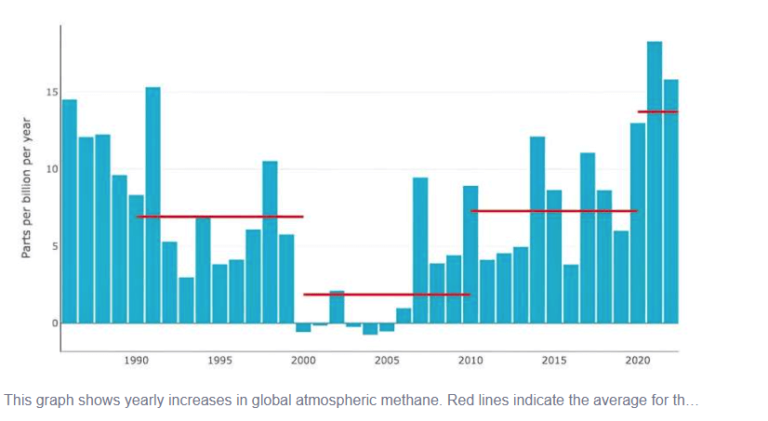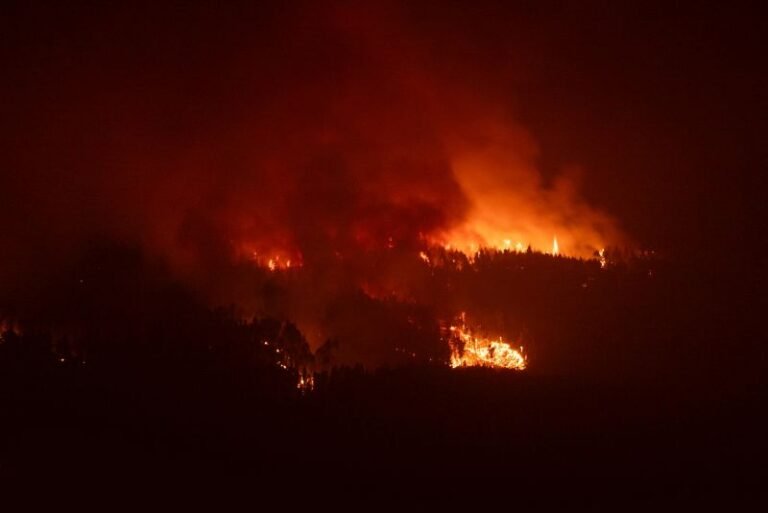A Green Sahara! Unravelling the mystery revealing an important lesson on tipping points
Tipping points: Understanding the green Sahara’s collapse (phys.org)
Recently there have been reports regarding a shift this year in rain patterns and the greening of parts of the Sahara whilst on the other side of the Atlantic, the great Amazon and Orinoco have experienced record low levels of water flows. We may also have vaguely heard that the Sahara was once a green paradise. As the above article explains, about 6000 years ago during the African Humid period, life was teaming in what was then a vast green terrain. But what caused its end and switch to the arid expanse of sand that we only know today?
In an important discovery, scientists in Munich and the famous Potsdam Institute for Comate Impact Research have identified that the reason for the abrupt change relates was likely caused by the weakening of the stability of climate system in the region as the orbital positioning of the earth shifted. This change in the earths orbit gradually weakened and eventually pushed the environmental conditions, which had previously supported the verdant life in the Sahara, towards a tipping point and then an abrupt switch to the arid conditions we know today.
The study highlights how climate and weather patterns today, or at any point in time, are not isolated or unchanging but evolve and change and understanding the drivers of those changes help us to understand and identify the early warning signs of abrupt shifts. Such abrupt shifts are in fact defining features of tipping points in many different forms of earth system dynamics, often reinforcing and accelerating conditions towards the sudden collapse of a particular system and locking into new systems which are more hostile to life.
The fear of course is that in the not too distant past (on a planet scale and within the most recent Holocene Earth period) a similar catastrophic shift occurred for life in the Sahara will be repeated without warning and . It is a clear and startling illustration of how fragile the Earth systems on which all of life depend. The good news of sorts from this study is that the elements of abrupt shift can be detected in advance as a system stability is weakened over time, often by multiple different drivers such as currently in the Amazon with deforestation, heat and drought, and forest fires each contributing to the weaking of that critical life system.
The value of the article lies in calling attention to the fact that these shifts can be identified and called out in advance. The challenge, of course, is whether we are listening and willing to take the necessary actions in time to avoid such collapses from occurring. As the Sahara illustrates, once a desert it is very hard to come back from.





